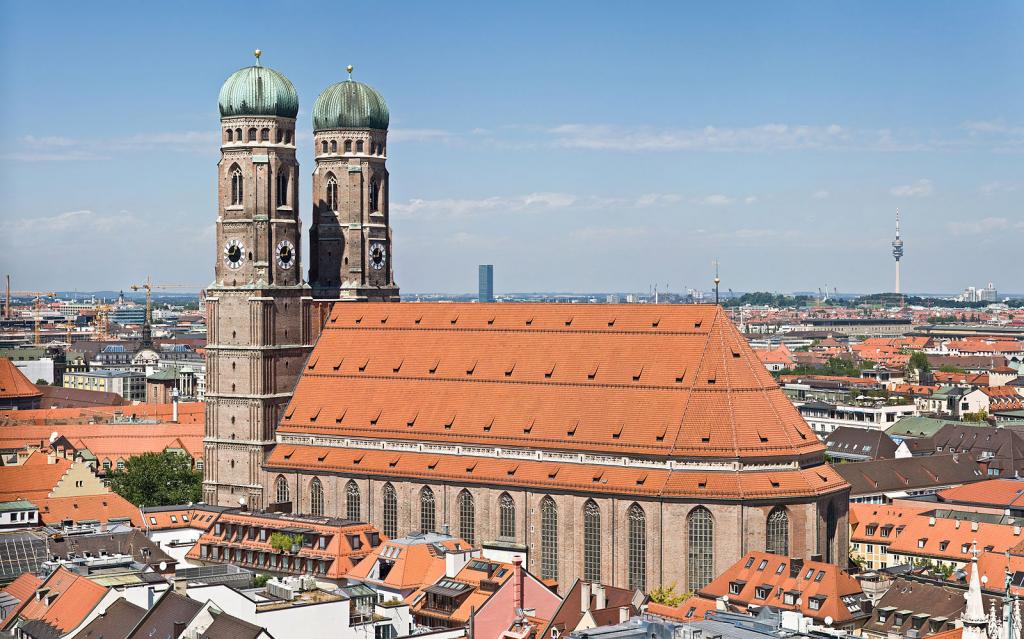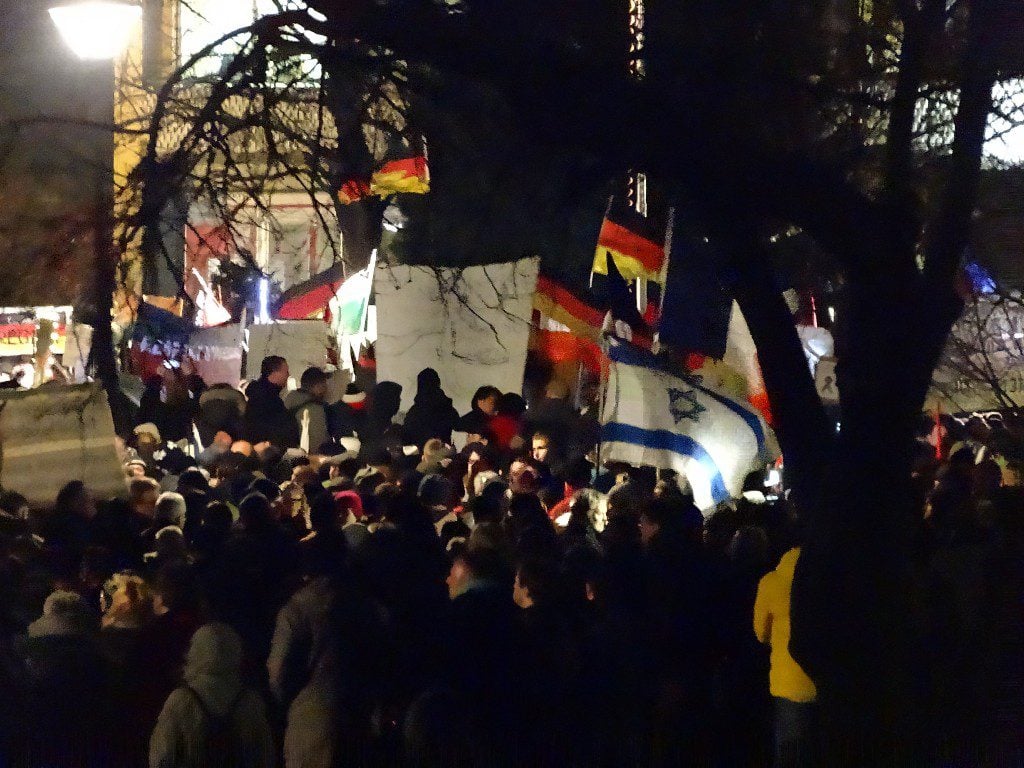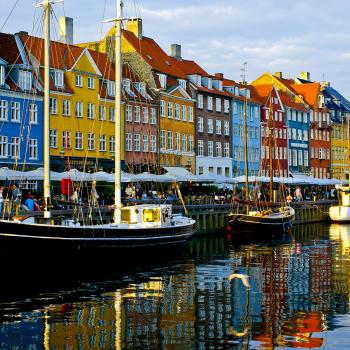![https://commons.wikimedia.org/wiki/File%3AMunich_subway_Dietlindenstra%C3%9Fe.jpg; By FloSch (Own work) [GFDL (http://www.gnu.org/copyleft/fdl.html), CC-BY-SA-3.0 (http://creativecommons.org/licenses/by-sa/3.0/) or CC BY 2.5 (http://creativecommons.org/licenses/by/2.5)], via Wikimedia Commons](https://wp-media.patheos.com/blogs/sites/533/2016/08/800px-Munich_subway_Dietlindenstra%C3%9Fe.jpg)
Here’s something I was thinking about, from our European vacation: lessons on mass transit.
Yes, it’s very difficult to make mass transit work in the U.S., with few exceptions, because of the low density here vs. the deliberate, zoned-for high density in Europe. (See this pic and commentary.)
But there are a few noteworthy aspects of the various mass transit systems that sure had me wishing U.S. systems would adopt them.
First, an integrated fare structure. Here in Chicago, fares are entirely separate for Metra, the commuter rail, and the CTA, which means that if you need to get anywhere besides just downtown Chicago, you pay twice, at the full fare. No reduced cost transfers. This makes it considerably more costly to take transit to non-downtown destinations, and reduces the number of transit users overall, especially because parking is generally not an expense if you’re headed somewhere outside of downtown — that is, where there’s a parking lot.
Pretty much everywhere in Europe, you pay a fare that’s good for any type of transit, for instance, from bus to streetcar to subway to suburban train, in Munich.
Second, daily and weekly capping. This was what was on offer in London, and it was mighty reassuring to know that, rather than having to guess, on any given day, whether you’d use mass transit enough to warrant a day pass, you could use transit as usual and, after your third trip, you’d hit the daily cap and not have to pay anything more. (And, incidentally, in Chicago, the day passes are so expensive that you have to intend to make quite a number of trips to have it be worth the money.)
Third, the “partner day ticket” in Munich. This is a really, really good deal. For basically the price of two single day tickets, you can take up to five adults or 10 kids (that is, two kids count as one adult). This is clearly designed to make mass transit cost efficient even for groups, where otherwise, the “drive into the city and pay for a parking garage” alternative might win out.
Fourth, the “pay per distance” approach to mass transit. Pretty much everywhere I’ve seen this applied as “zones,” where the city is one zone, and then suburban areas are zones 2, 3, 4, etc., and you pay higher fares as you travel from one to the other — but this system presumes you’re travelling into, then out of, the city. Amsterdam had a different system, a true “pay per distance,” in which you swipe your card as you enter the bus or streetcar, and again when you leave, and the system calculates the distance travelled, based on the vehicle’s GPS system, and charges you a smallish “boarding charge” and a further charge per km.
And, finally, the “honor system” method of payment. This is the norm in Germany; not sure about the rest of Europe. There are vending machines at all mass transit stops. Then, as you enter the subway station, or the streetcar, or the bus, you validate your ticket in a validation machine that stamps the time (and, sometimes, location) of entry. Then there is no further ticket-taking, no turnstiles, no entering a bus from the front to show the ticket to the bus driver. But periodically there are ticket checks — and if you’re caught without one, you’ll be required to pay an on-the-spot penalty fine of, say, EUR 75. How effective this is — that is, how common it is to cheat — I don’t know, and I think in all the time I lived in Germany, I saw a ticket-checking worker once, but it certainly saves a lot of manpower relative to the Metra conductors coming through the train to check, and sell, tickets, and allows buses to load faster than the one-by-one payment process in the U.S.
So that’s that. Which of these would you implement?
image: https://commons.wikimedia.org/wiki/File%3AMunich_subway_Dietlindenstra%C3%9Fe.jpg; By FloSch (Own work) [GFDL (http://www.gnu.org/copyleft/fdl.html), CC-BY-SA-3.0 (http://creativecommons.org/licenses/by-sa/3.0/) or CC BY 2.5 (http://creativecommons.org/licenses/by/2.5)], via Wikimedia Commons













